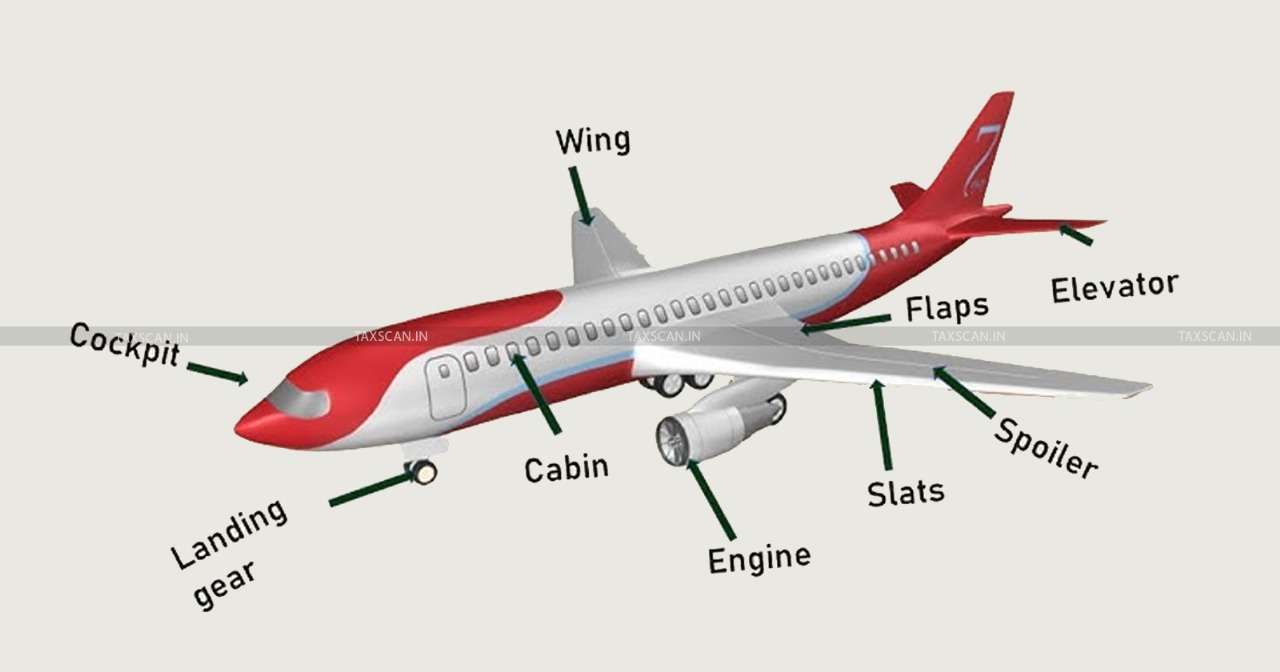Appeal Related to Service Taxability Must be Filed Before the Supreme Court u/s 35 of CEA: Delhi HC [Read Order]
Relying on settled law and past rulings, the Court held that matters involving determination of taxability fall under the jurisdiction of the Supreme Court under Section 35L of the Central Excise Act, not the High Court
![Appeal Related to Service Taxability Must be Filed Before the Supreme Court u/s 35 of CEA: Delhi HC [Read Order] Appeal Related to Service Taxability Must be Filed Before the Supreme Court u/s 35 of CEA: Delhi HC [Read Order]](https://images.taxscan.in/h-upload/2025/07/18/2065157-appeal-related-to-service-taxability-service-taxability-service-tax-taxscan.webp)
The Delhi High Court, ruled that the appeal on service taxability must be filed before the Supreme Court under Section 35L of the Central Excise Act,1944.
The Revenue-appellant had appealed against the order passed by Customs, Excise and Service Tax Appellate Tribunal ( CESTAT ) in Service Tax Appeal No. 50583/2017, where the tribunal set aside the Order-in-Original dated 30th December 2016 on the ground that the Show Cause Notice issued on 19th October 2011 was barred by limitation.
After the High Court issued notice on 24th April 2025, the respondent filed an application seeking dismissal of the appeal, stating that the issue involved taxability and the appeal should have been filed before the Supreme Court under Section 35L of the Central Excise Act.
The Court noted that the issue was already settled. It held that even if limitation was raised, the case still involved examining the merits. So, the appeal’s maintainability had to be decided on that basis.
In this case, Shyam Spectra Private Limited, respondent-assessee and an Internet Service Provider, provided leased internet services to exempted organisations like STPIs and Embassies. The Order-in-Original dated 30th December 2016 denied exemption under Notification No. 4/2004-ST and demanded service tax of ₹3.13 crore with interest.
Understanding Common Mode of Tax Evasion with Practical Scenarios, Click Here
The respondent challenged the order before CESTAT, which allowed the appeal. The Tribunal held that the extended limitation period under Section 73(1) of the Finance Act, 1994, did not apply as there was no suppression of facts. It set aside the Show Cause Notice as time-barred and did not examine the delay in adjudication.
The Court noted that once it decided the limitation issue, the question of taxability would also need to be examined. It referred to a similar case involving SpiceJet Ltd., where it had held that even if the order dealt only with limitation, the appeal would still lie before the Supreme Court under Section 35L of the Central Excise Act, since taxability was involved.
Justice Prathiba M.Singh and Justice Rajneesh Kumar Gupta held that under Sections 35G and 35L of the Central Excise Act, 1944, which applied to service tax matters, appeals involving the determination of taxability had to be filed before the Supreme Court, not the High Court. This position had already been settled in several earlier decisions.
In Commissioner of Service Tax v. Ernst & Young Pvt. Ltd., the Court held that if an order dealt with the rate of duty or valuation for assessment, even partly, the appeal would lie with the Supreme Court. It clarified that the deciding factor was not the issue raised in appeal, but the nature of the order itself.
In Delhi Gymkhana Club Ltd., the Court reaffirmed that any order passed by CESTAT involving valuation or rate of duty was appealable only to the Supreme Court. This view was supported by the Supreme Court’s ruling in Navin Chemicals, which interpreted the phrase “determination of any question having a relation to the rate of duty or value” to include classification, applicability of exemptions, and valuation-related questions.
Understanding Common Mode of Tax Evasion with Practical Scenarios, Click Here
In Bharti Airtel Ltd., the Court held that even if the appeal only raised the issue of limitation, it would still not be maintainable before the High Court if the CESTAT order involved taxability or valuation. The nature of the impugned order, not the grounds raised in appeal, determined jurisdiction.
The Court also referred to the case of Intertoll ICS CE Cons O & M Pvt. Ltd., where it was clearly held that if the chargeability of an activity was in question, the appeal would lie with the Supreme Court.
In the present case, although CESTAT had only dealt with limitations, the original order had examined CENVAT credit eligibility, penalty, and service tax levy on excess baggage charges. Therefore, the Court ruled that the appeal involved questions of taxability, and should be filed under Section 35L before the Supreme Court.
Accordingly, the appeal was dismissed as not maintainable before the High Court. However, the appellant was granted liberty to pursue remedies available in law, including benefit under Section 14 of the Limitation Act for the time spent before the High Court.
Support our journalism by subscribing to Taxscan premium. Follow us on Telegram for quick updates



